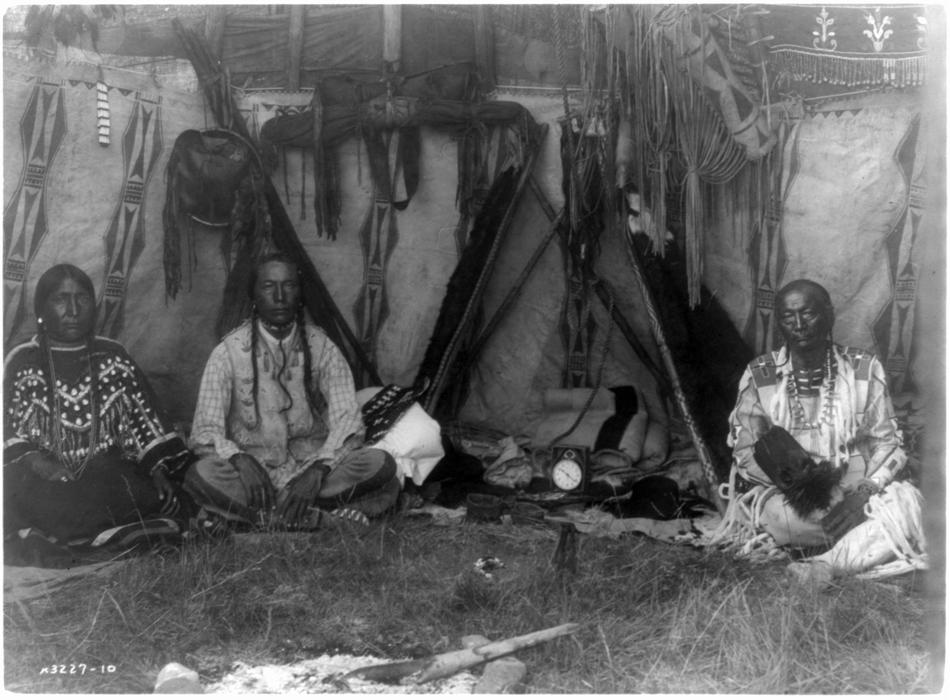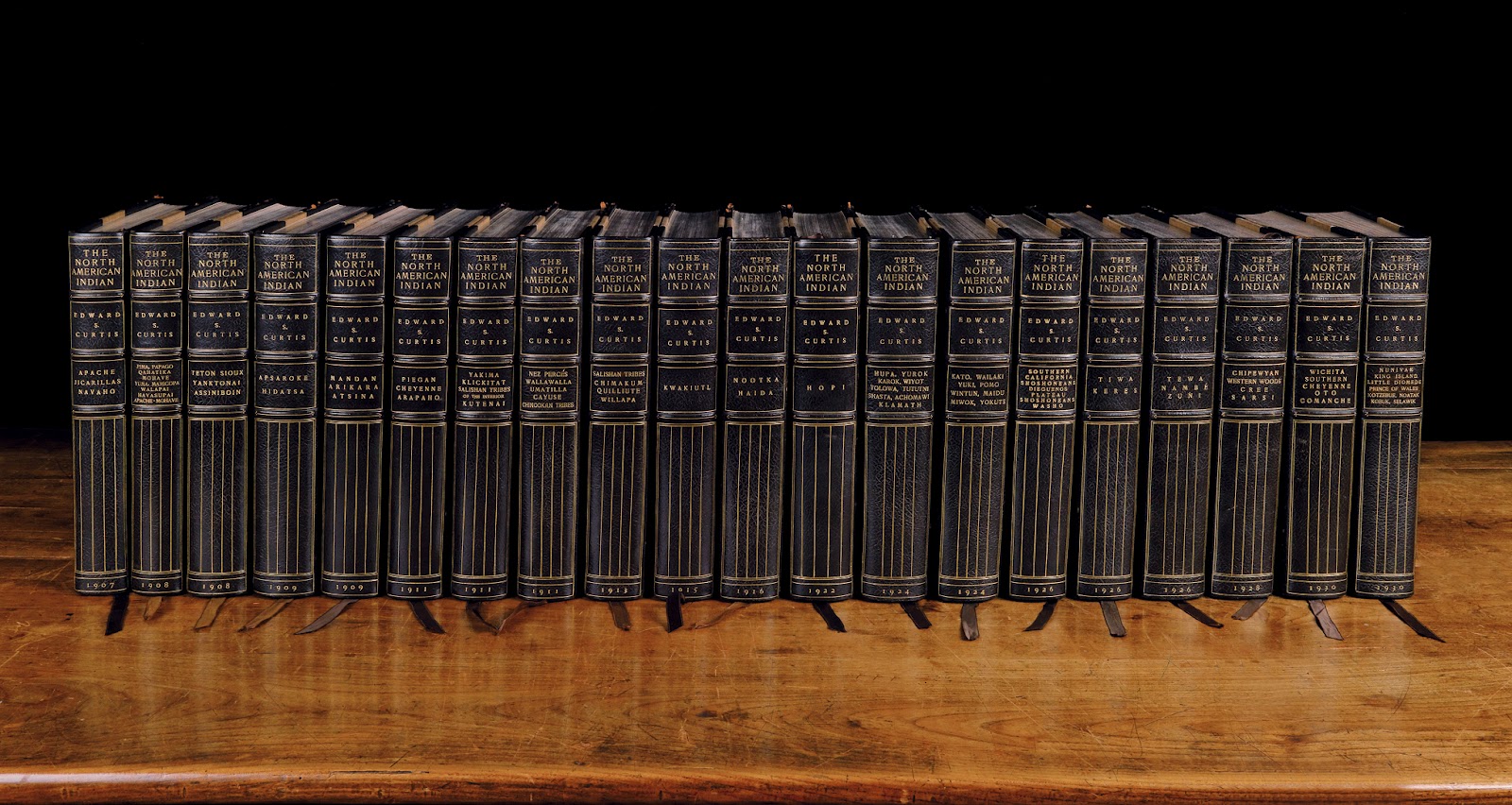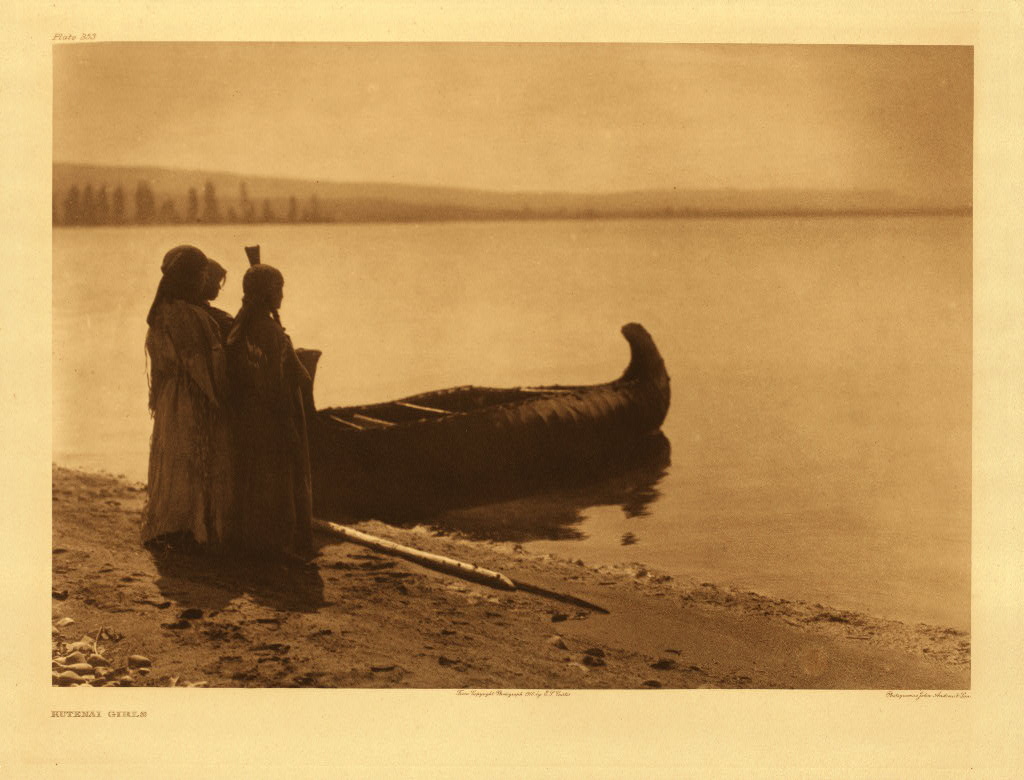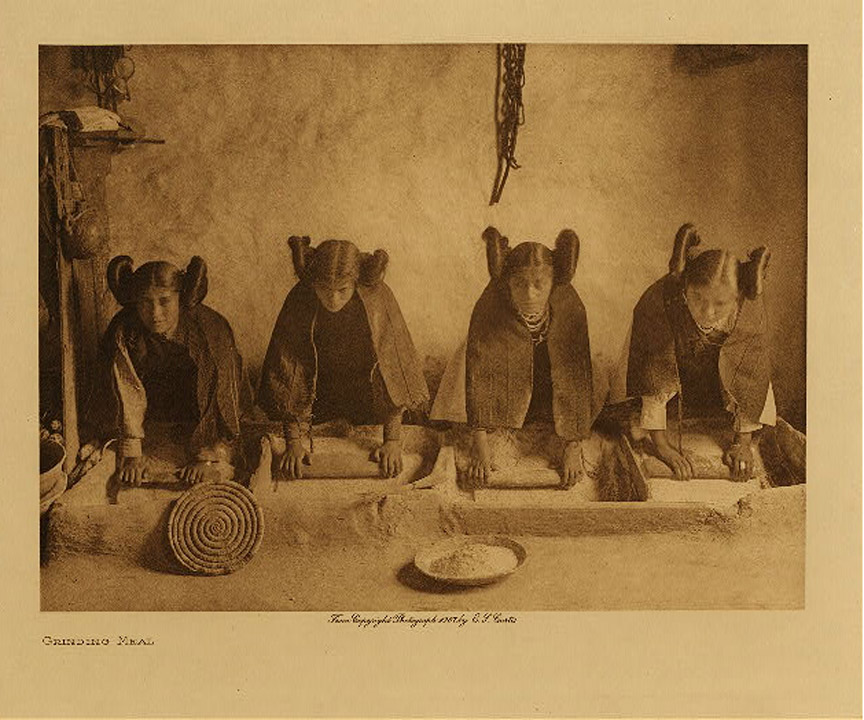Have you ever watched an old movie that is set in the time of the Wild West era, and observed how a woman steps from a stage coach, after she has presumably traveled through mountains, prairie and dirt roads for either weeks or months at a time? Her dress is pristine - even without a wrinkle!
 |
| Lillian Russell - Pinterest |
Our character will then, walk into a hotel, lifting off her tall feathered hat to reveal perfectly coiffed hair, and proceeds to remove her gloves. The bustle on which she has sat for days is still unrealistically in perfect shape. Hollywood is known for romanticizing the actual reality of history, but traveling was arduous, formidable and down-right dangerous.
America was still in its infancy and the cauldron of ethnicity brewed with diversity. The Gold Rush and dreams of new settlements brought cultures from all over the world. It brought the outlaws, the gamblers, the Madams with their brothels, former slaves, the cattle drivers, the religious, doctors, lawyers, actors, the artists and writers, medicine men, entertainers, railroad and mine workers and so on. Curiosity, explorers and those seeking adventure made their way West.
 |
| Main Street, Breckenridge, Colorado: 1895 (raremaps/Pinterest) |
 |
| Historic photo of the Crystal Palace Saloon - Tombstone, Arizona: 1885 (Pinterest) |
 |
| Deadwood, South Dakota: 1876 (Historum/Pinterest) |
As you well know, the U.S. Government used treaties to displace our American Indian (Native Americans) from their own tribal lands, and often violated treaties and other laws as a means to facilitate the movement of western and southern settlements, so that European Americans could take over the land.
By 1900, innumerable wars had been fought on American soil, resulting in expulsion and banishment of countless tribes.
 |
| Edward Sheriff Curtis |
Fortunately, one man, by the name of Edward Sheriff Curtis, frequently referred to as the "Shadow Caster" endeavored to capture the existing tribes and I will add that his photography is absolutely breath-taking. Not only did he take pictures of Native Americans, he was able to make time stand still and deliver almost tearfully beautifully images of every day moments that we may not otherwise be so lucky to possess today. Much of his photography was set in sepia tones, which, in my opinion, only add to the quality of the images.
 |
| "The Apache" |
 |
| "At the Old Well of Acoma" |
 |
| Indian Sentinel - a San Ildefonso man peering from behind large rock formation. |
 |
| Crow Indians on horseback |
 |
| Signal Fire to the Mountain Gods |
Edward Sheriff Curtis, or the “Shadow Catcher” as he was referred to by some of the tribes he photographed, Curtis captured over 40,000 images and also recorded now rare ethnographic information from over 80 Native American (Indian) tribal groups. pbs.org states that "This monumental accomplishment is comprised of more than 2,200 sepia toned photogravures bound in twenty volumes of written information and small images and twenty portfolios of larger artistic representations."
 |
| "Bear's Belly" |
 |
| "Arikara girl" |
 |
| Navaho medicine ceremony |
Edward S. Curtis was born near Whitewater, Wisconsin in 1868. His father was a Civil War veteran and a minister who moved the family to Minnesota. It was here that Edward found an interest in photography. When he was 17 years old, he apprenticed as a photographer in St. Paul. Later, his family moved near Seattle, Washington, "where Edward purchased a second camera and bought a half interest in a photographic studio. He married and the couple had four children." - pbs.org
"In 1898 while photographing on Mt. Rainier, Curtis encountered a group of prominent scientists who were lost, among them George Bird Grinnell, a noted Indian expert, who became interested in Curtis’ work and invited him to photograph the Blackfeet Indian people in Montana two years later. It was there that Curtis practiced and developed his photographic skills and project methodology that would guide his lifetime of work among the other Indian tribes." - pbs.org
 |
| Yakima |
 |
| Hesquiat |
 |
| Sarsi |
 |
| Pomo |
 |
| Clayoquot |
 |
| "Bull Bear" - Blackfoot |
 |
| Havasupai |
 |
| Arapaho |
 |
| Mohave |
 |
| Kotzebue |
 |
| "Mosquito Hawk" - Assiniboin |
 |
| Sioux in beaded deerskin |
 |
| Ponca dancer |
 |
| Kiowa |
 |
| Cayuse child |
 |
| "Two Whistles" - Crow |
 |
| Brule |
His accomplishment was an enormous undertaking as he not only struggled with finances, but he also was at odds with technology - current means of transportation, the weather and had to secure meetings with the academic community and the technicians with whom he worked, not to mention the tribes which he was interested in photographing. He traveled by horseback or horse drawn wagon over treacherous terrain and isolated, primitive paths to arrive at his various destinations. pbs.org explains, "Once on site Curtis and his assistants would start work by interviewed the people and then photographing them either outside, in a structure, or inside his studio tent with an adjustable skylight. Employing these and other techniques over his lifetime he captured some of the most beautiful images of the Indian people ever recorded."
 |
| Atsina Camp |
 |
| Blackfoot Teepee |
![Canon de Chelly (National Monument) Arizona. Seven Navajo riders on horseback and dog trek against background of canyon cliffs. E. S. Curtis (1904) [3620 2721]:](https://s-media-cache-ak0.pinimg.com/564x/66/2e/bc/662ebc8d5ac8b259512ee9810c757e89.jpg) |
| Canyon de Chelly, Arizona - Navajo Riders |
 |
| Skokomish's (Chief) Daughter |
 |
| "A Smokey Day at the Sugar Bowl", Hupa |
 |
| Invocation - Sioux |
 |
| Kwakwaka'wakw canoeing on Clayoquot Sound |
!["Crying to the Spirits" [Hidatsa] (The North American Indian, v. IV. Cambridge, MA: The University Press, 1909) by Edward Sheriff Curtis from USC Libraries:](https://s-media-cache-ak0.pinimg.com/564x/90/7b/4a/907b4aeb11c19372ed98255e7273ac41.jpg) |
| "Crying to the Spirits" |
"One of Curtis’ major goals was to record as much of the people’s way of traditional life as possible. Not content to deal only with the present population, and their arts and industries, he recognized that the present is a result of the past, and the past dimension must be included, as well. Guided by this concept, Curtis made 10,000 wax cylinder recordings of Indian language and music. In addition he took over 40,000 images from over 80 tribes, recorded tribal mythologies and history, and described tribal population, traditional foods, dwellings, clothing, games, ceremonies, burial customs, biographical sketches and other primary source information: all from a living as well as past tradition. Extending the same principle to the photographs, he presented his subjects in a traditional way whenever possible and even supplied a bit of the proper clothing when his subjects had none." -pbs.org
 |
| "Medicine Crow" - Apsaroke |
 |
| Navajo |
 |
| A Piegan Lodge |
"Reenactments of battles, moving camp, ceremonies and other past activities were also photographed. These efforts provided extended pleasure to the elders and preserve a rare view of the earlier ways of the people." - pbs.org
 |
| Image source: swanngalleries.com |
"With the publication of volume twenty in 1930, the years of struggle finally took their toll with Curtis suffering a physical and nervous break down. The declining interest in the American Indian, the Great depression, and other negative forces slowed, then halted the successful financial completion of the project. Less than 300 sets of “The North American Indian” were sold. Curtis spent the remaining years of his life with his daughter Beth and her husband in Los Angeles. On October 21, 1952 at the age of 84, E. S. Curtis died of a heart attack in Los Angeles, virtually unknown. But what a legacy he recorded for us."

"As one admires the beauty of the Curtis photographs they must be placed in a proper perspective. In spite of the dedication and hardships the photographer had to endure, the ultimate beauty of “The North American Indian” lies not only with the genius of Curtis, but also and most importantly, within his subjects. The native beauty, strength, pride, honor, dignity and other admirable characteristics may have been recorded by photographic techniques, but they were first an integral part of the people. While Curtis was a master technician, the Indian people possessed the beauty and their descendants carry on these same traits."
Text source: http://www.pbs.org/wnet/americanmasters/edward-curtis-shadow-catcher/568/
Image source: Pinterest, Google Images, Wikipedia,




































![Canon de Chelly (National Monument) Arizona. Seven Navajo riders on horseback and dog trek against background of canyon cliffs. E. S. Curtis (1904) [3620 2721]:](https://s-media-cache-ak0.pinimg.com/564x/66/2e/bc/662ebc8d5ac8b259512ee9810c757e89.jpg)




!["Crying to the Spirits" [Hidatsa] (The North American Indian, v. IV. Cambridge, MA: The University Press, 1909) by Edward Sheriff Curtis from USC Libraries:](https://s-media-cache-ak0.pinimg.com/564x/90/7b/4a/907b4aeb11c19372ed98255e7273ac41.jpg)

































